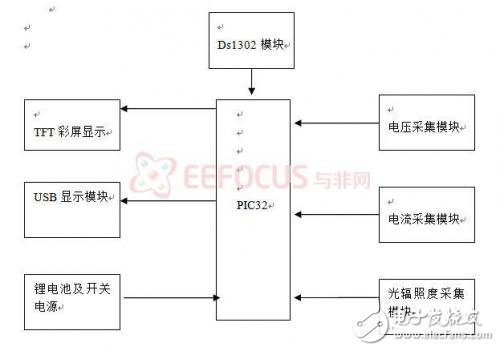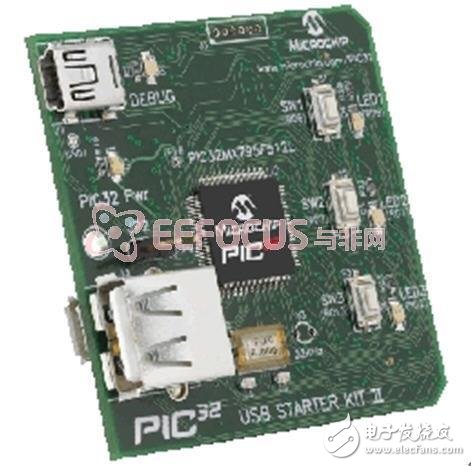When evaluating solar panels and batteries, several key parameters are essential for understanding their performance. These include:
• Open Circuit Voltage (Voc): The voltage measured across the terminals of a solar panel when no current is flowing.
• Short-Circuit Current (Isc): The current that flows through the circuit when the output terminals are shorted together.
• Maximum Power Output (Pmax): The highest power level the solar panel can produce under given conditions. This occurs at the Maximum Power Point (MPP), which is typically identified on the IV curve.
• Pmax Voltage (Vmax): The voltage at which the maximum power is achieved.
• Pmax Current (Imax): The current at which the maximum power is achieved.
• Conversion Efficiency (η): A measure of how effectively the solar cell converts sunlight into usable electrical energy. It is calculated as the ratio of the electrical power output to the incident light power.
These parameters are crucial for assessing the efficiency and performance of solar systems, especially in real-world applications where environmental conditions can vary significantly.
**Second, the Composition of the Tester System**
1. PIC32 Module

The PIC32 module serves as the central processing unit of the system, using the PIC32 USB Starter Kit II. It is responsible for initializing the system, collecting data, performing calculations, storing information, and transmitting results to the display interface.
2. Acquisition Module
The acquisition module is responsible for measuring both current and voltage from the solar panel. For current measurement, the generated current passes through a resistor (R9), creating a small voltage. This signal is then amplified by an operational amplifier (op-amp) with a gain of 50 before being sent to the ADC input of the PIC32 board.
For voltage measurement, a voltage divider made up of four 1 MΩ resistors is used to scale the voltage down. The signal is then passed through a voltage follower and converted into a digital signal via ADC. The PIC32 processes this data and converts it into actual voltage values displayed on the system’s screen.
Additionally, the system measures the voltammetric characteristics of the battery. By adjusting a digital potentiometer (R5), the system continuously collects analog signals, which are then converted into digital data by the ADC. Through software processing, these signals are transformed into accurate voltage and current readings, allowing the system to plot I-V curves and analyze the performance of the solar cell over multiple data sets.
This comprehensive setup ensures precise and reliable testing of solar cells, making it ideal for both research and field applications.
All In One Computer Core I5,I5 8Gb All In One,30 Inch All In One Computer,30 Inch All In One Desktop
Guangdong Elieken Electronic Technology Co.,Ltd. , https://www.elieken.com